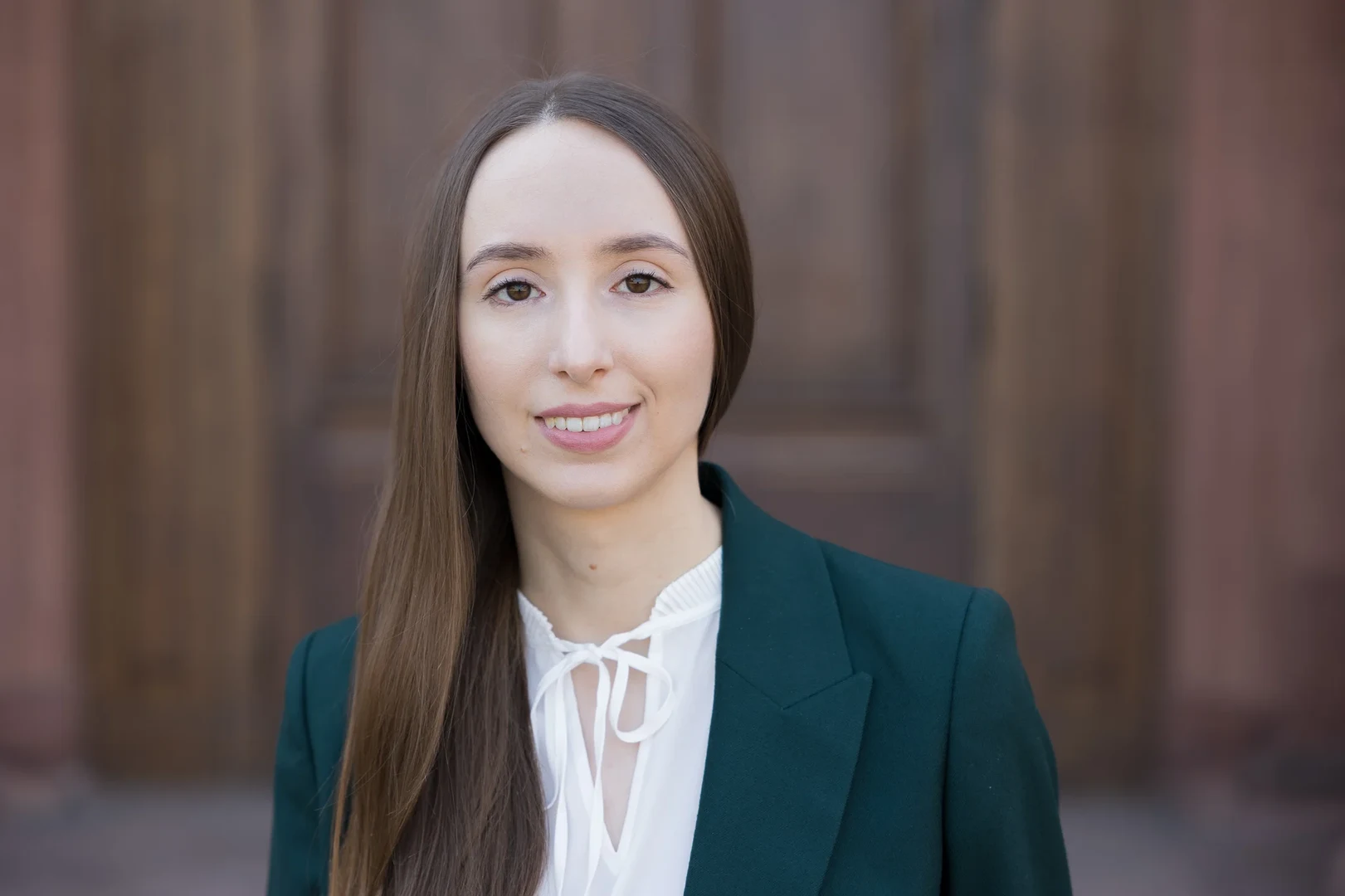Ms. Stillger, what are the two pieces that should be integrated in standard trade-environmental models?
Sabine Stillger: In real life, manufacturers differ in many aspects, such as the resources they use. In my paper, I show that variations, or “heterogeneity” related to emission and import intensity matter for quantifying the aggregate effect of climate policies. The standard trade-environmental model ignores these two features.
What are the consequences?
Sabine Stillger: As a result, the models underestimate emissions reductions and overestimate the social costs when predicting the effects of a carbon tax. Accounting for firm heterogeneity, a simulated increase in the carbon tax would lead to greater emission reductions in the German manufacturing sector and the tax would shrink the size of the dirtiest firms.
There is an additional aspect: Without any tariffs at the border, firms would relocate their emissions to regions with less stringent environmental policies. The predicted leakage rate of my model is 25 percent. In this case, carbon tariffs are a good remedy. However, this is not always the case: They are ineffective at reducing leakage if imported intermediates are sufficiently dirty because dirty domestic firms would benefit. A tariff would also place a high burden on import-intensive firms, so policymakers might have to consider additional adjustments.
You mention the role of tariffs at the border. In the EU, the policy instrument of a carbon tariff is currently in a transition phase: The EU will implement the Carbon Border Adjustment Mechanism (CBAM). What is this mechanism about, and what do you suggest should be done in this respect?
Sabine Stillger: The Carbon Border Adjustment Mechanism of the EU will enter into force in 2026. Companies that import emission-intensive goods will have to pay a carbon tariff based on the emissions of their suppliers. In light of my research results, I would encourage policy makers to carefully evaluate the economic effects of a blanket carbon tariff on all imports before its implementation. Supplementary instruments may be required to effectively achieve emission reductions and minimize the cost for consumers. For example, it could be desirable to lighten the burden for import-intensive firms whose domestic production is not highly emission-intensive but that face a high carbon tariff due to the emissions embodied in their imports. The carbon tariff would diminish their gains from globalization, make them less competitive and cause leakage in final goods.
What else do you recommend to policymakers?
Sabine Stillger: My results show that accounting for firm heterogeneity when designing climate policies will deliver more accurate assessments of emission reductions and welfare impacts. So this feature should be accounted for, also when policymakers consider expanding the CBAM to other sectors in the future.
